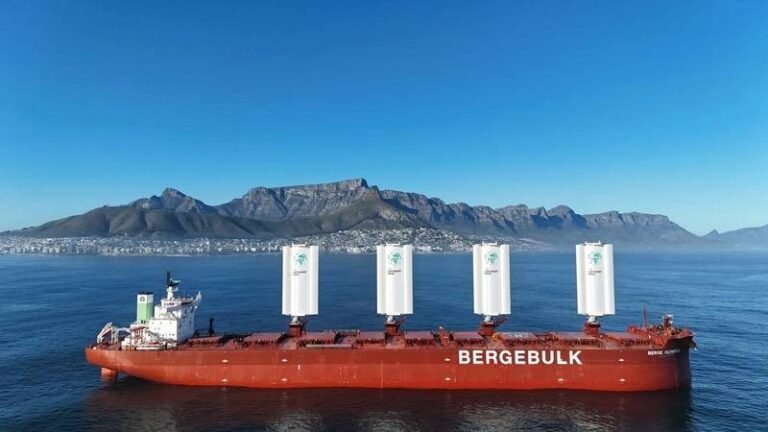The Future of Maritime Industry: Embracing Wind Propulsion
A recent report from the UCL Energy Institute has raised concerns about the potential stranding of maritime assets due to the rapid energy transition. The report highlights that without costly retrofits, over a third of the fleet, valued at over $400 billion, could face premature scrapping to remain competitive under new GHG policies and energy transition regulations.
The study reveals that existing ships and those on order are projected to emit double the permissible emissions under a 1.5°C-aligned carbon budget, posing risks of supply-side obsolescence and demand-side oversupply.
Wind Propulsion as a Sustainable Solution
BAR Technologies asserts that wind propulsion offers an alternative pathway by delivering immediate efficiency gains that align with carbon intensity benchmarks. Amidst inadequate progress towards the IMO’s GHG reduction targets and uncertainties surrounding lower-carbon fuels, wind propulsion emerges as a self-sufficient, zero-emission, and readily available energy source.
With data showing that many shipping lines operate a limited number of vessels, there is a growing risk of over-reliance on biofuels and other lower-carbon grades. Wind Assisted Propulsion System (WAPS) technologies provide a unique hedge against energy market volatility and supply chain risks, utilizing wind as an abundant and free energy source.
The Reliability of Wind Propulsion
Contrary to misconceptions about complexity and reliability, wind propulsion offers predictability and consistency in wind availability along popular voyage routes. John Cooper, CEO at BAR Technologies, emphasizes the steady and reliable nature of wind as a fuel source, urging the industry to embrace wind propulsion as a key resource.
At a recent RINA conference, new techniques for maximizing wind bunkering yields were discussed, showcasing the potential for digital technology to support effective harvesting techniques and safe WAPS operations. With advancements like WindWings and leveraging meteorological data, shipping can achieve a sustainable fuel advantage that sets it apart from other industries.
As the industry stands at a pivotal moment, embracing wind propulsion not only aligns with environmental goals but also offers a strategic advantage in an evolving energy landscape. By tapping into the abundance of wind energy, shipping can navigate the challenges of energy transition and emerge as a sustainable and resilient sector.

